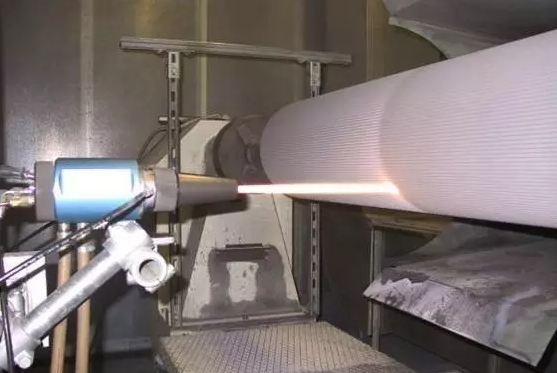

With the application of high and new technology, the level of industrial production technology has been continuously improved. High-speed, high-quality operation has become an increasingly pursued goal, and the requirements for the comprehensive performance of mechanical parts are also getting higher and higher. Improving the comprehensive application of materials and improving the surface properties of materials has become the subject of close attention of the majority of scientific and technological workers. Thermal spray technology is one of the most effective surface modification techniques in the field of surface engineering.
1. The main surface coating application process
Main coating process of tungsten carbide spraying, achievable coating thickness, commonly used coating materials and typical applications. There are many factors to consider. For example, some processes are not necessarily suitable for some materials, or some processes cannot achieve the required coating thickness, or some processes require very complex equipment and are therefore relatively expensive. A cost analysis usually determines the actual use of the coating. At the same time, environmental factors need to be considered to meet ecological standards.
2. Thermal spraying process
2.1 Selection of base material
The base material must be able to roughen during blasting. Usually, the surface hardness of the substrate must be ≤55HRC (the original hardness of high manganese steel is HRC17-21, the surface hardness will increase after use, and the hardness can reach about HRC45; typical bearing steel GCr15 is tempered hardness: HRC61-65 ; The hardness of 65Mn spring steel is 42-47HRC; the factory hardness of 304 stainless steel should be between HV145 and 175 (about HRC11), while the modified 304 can reach HV400 or more (HRC42) The hardness of GH4169 alloy can reach HRC42, typical titanium The hardness of alloy TC4 is about HRC30, since the coating and the substrate are mainly mechanically bonded, the cleaning and pretreatment of the substrate surface is very important for the hot-spraying process.
need to be properly sized. Preferred sizes are disks, plates, and rotationally symmetric components.
2.2 Surface pretreatment of base material

First, chemical or physical methods are used to remove impurities on the surface of the substrate, and then sandblasting is used to roughen the surface of the substrate. This method activates the substrate by increasing the surface free energy of the substrate and helps to increase the bonding area of the molten particles.
Liquid or molten coating particles impact the substrate surface at high velocity, causing the particles to deform and form a "pancake"-like morphology.
As the particles shrink and solidify, they adhere to the rough substrate surface. The bonding mechanism is mainly mechanical riveting. The amount of metallurgical bonding caused by diffusion between the coating particles and the substrate is very small, small enough to the point of neglect. (exception: Mo)
Commonly used blasting materials: Al2O3 grit, chilled cast iron grit, steel grit or SiC grit. Besides the type of grit, other influencing factors are grain size, grain shape, blast angle, pressure and grit purity.
Hot information

